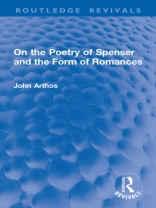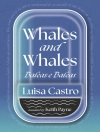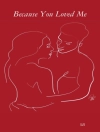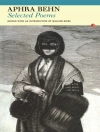Originally published in 1956, this scholarly study of Spenser’s poetry shows how the conceptions of his earlier work in complaints, visions and pastorals were of continuing importance to the development of The Faerie Queene. Following on from Bishop Hurd’s Letters on Chivalry and Romance, John Arthos discusses the congeniality of romance and allegory. The form and substance of Spenser’s lyrical and meditative poetry were combined with his interest in romances to govern the progress of the great work, and in the Mutabilitie Cantos they assert a dominant emphasis. In continuing many of the features characteristic of medieval romances, in taking up the innovations of Boiardo and Ariosto, and in giving expression to a view of life and especially of love that had not been made before in romantic literature, Spenser set himself a framework of so many and such complex interests that he failed to construct in The Faerie Queene the unity one might expect after reading the letter to Raleigh. The author believes that Tasso’s theories provide the terms that explain how Spenser meant to effect the unity of his poem, and that they also explain why the Mutabilitie Cantos belong to a radically different conception. Acknowledging that the allegories in Spenser’s work are obscure or unevenly developed John Arthos’ book maintains the idea that romance and allegory were integrally conceived in the Poem.
John Arthos
On the Poetry of Spenser and the Form of Romances [PDF ebook]
On the Poetry of Spenser and the Form of Romances [PDF ebook]
¡Compre este libro electrónico y obtenga 1 más GRATIS!
Idioma Inglés ● Formato PDF ● Páginas 206 ● ISBN 9781040111703 ● Editorial Taylor & Francis ● Publicado 2024 ● Descargable 3 veces ● Divisa EUR ● ID 9543962 ● Protección de copia Adobe DRM
Requiere lector de ebook con capacidad DRM












